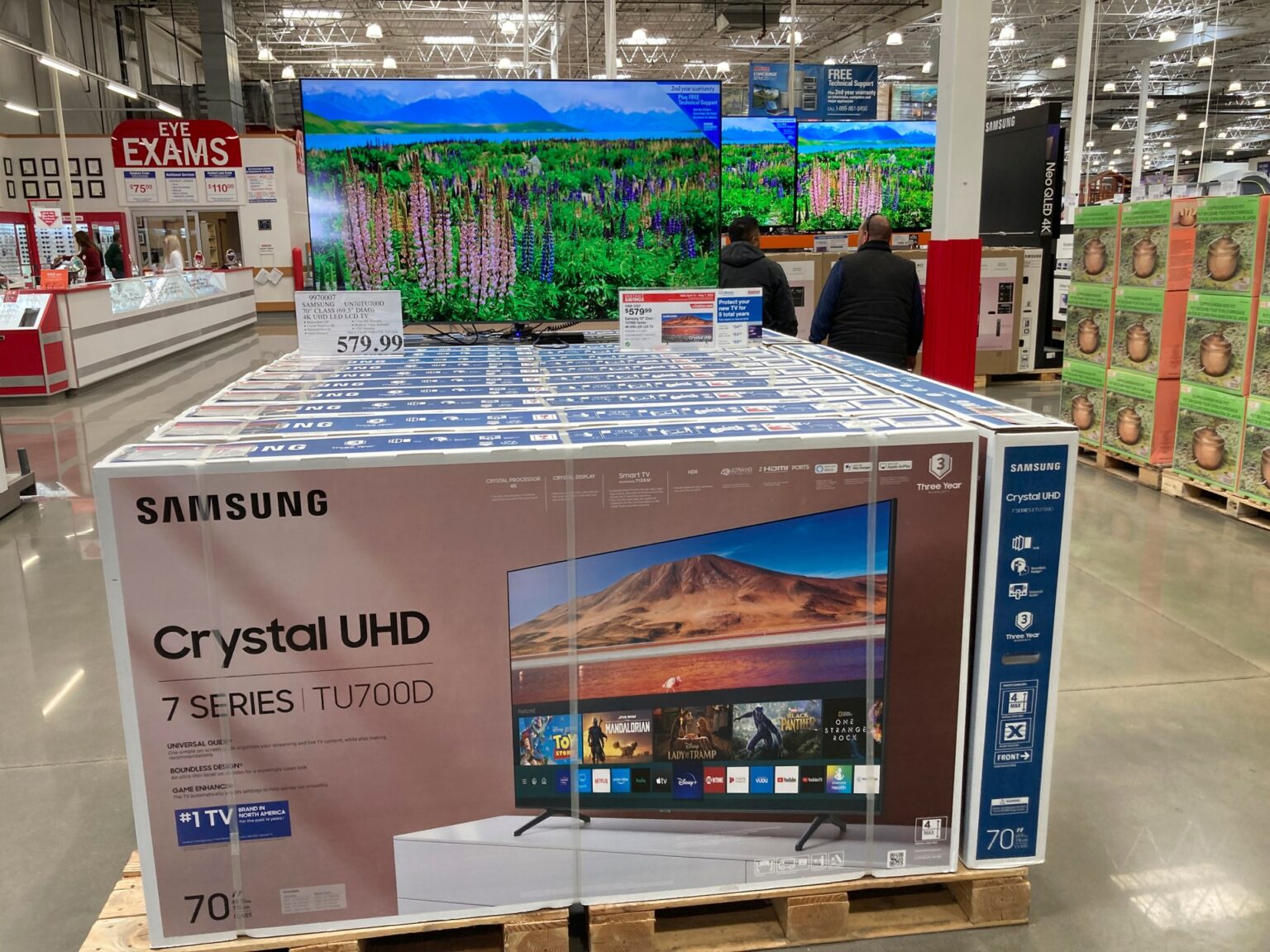United States inflation rose last month to its highest level since February as President Donald Trump’s sweeping tariffs push up the cost of a range of goods, including furniture, clothing, and large appliances.
Consumer prices rose 2.7 percent in June from a year earlier, the Labor Department said on Tuesday, up from an annual increase of 2.4 percent in May. On a monthly basis, prices climbed 0.3 percent from May to June, after rising just 0.1 percent the previous month.
Worsening inflation poses a political challenge for Trump, who promised during last year’s presidential campaign to immediately lower costs. The sharp inflation spike after the pandemic was the worst in four decades and soured most Americans on former President Joe Biden’s handling of the economy. Higher inflation will also likely heighten the US Federal Reserve’s reluctance to cut its short-term interest rate, as Trump is loudly demanding.
The central bank is expected to leave its benchmark overnight interest rate in the 4.25 percent to 4.5 percent range at a policy meeting later this month.
Trump has insisted repeatedly that there is “no inflation”, and because of that, the central bank should swiftly reduce its key interest rate from its current level. Yet Fed Chair Jerome Powell has said that he wants to see how the economy reacts to Trump’s duties before reducing borrowing costs. Minutes of the central bank’s June 17-18 meeting, which were published last week, showed only “a couple” of officials said they felt rates could fall as soon as the July 29-30 meeting.
Excluding the volatile food and energy categories, core inflation increased 2.9 percent in June from a year earlier, up from 2.8 percent in May. On a monthly basis, it picked up 0.2 percent from May to June. Economists closely watch core prices because they typically provide a better sense of where inflation is headed.
The uptick in inflation was driven by a range of higher prices. The cost of gasoline rose 1 percent just from May to June, while grocery prices increased 0.3 percent. Appliance prices jumped for the third straight month. Toys, clothes, audio equipment, shoes, and sporting goods all got more expensive, and are all heavily imported.
“You are starting to see scattered bits of the tariff inflation regime filter in,” said Eric Winograd, chief economist at asset management firm AllianceBernstein, who added that the cost of long-lasting goods rose last month, compared with a year ago, for the first time in about three years.
Winograd also noted that housing costs, one of the biggest drivers of inflation since the pandemic, have continued to cool, which is holding down broader inflation. The cost of rent rose 3.8 percent in June compared with a year ago, the smallest yearly increase since late 2021.
“Were it not for the tariff uncertainty, the Fed would already be cutting rates,” Winograd said. “The question is whether there is more to come, and the Fed clearly thinks there is,” along with most economists.
Trump has imposed sweeping duties of 10 percent on all imports, plus 50-percent levies on steel and aluminium, 30 percent on goods from China, and 25 percent on imported cars. Just last week, the president threatened to hit the European Union with a new 30 percent tariff starting August 1.
He has also threatened to slap 50 percent duties on Brazil, which would push up the cost of orange juice and coffee. Orange prices leapt 3.5 percent just from May to June, and are 3.4 percent higher than a year ago.
Overall, grocery prices rose 0.3 percent last month and are up 2.4 percent from a year earlier. While that is a much smaller annual increase than before the pandemic, it is slightly bigger than the pre-pandemic pace of food price increases. The Trump administration has also placed a 17-percent duty on Mexican tomatoes.
Powell under fire
The acceleration in inflation could provide a respite of sorts for Powell, who has come under increasingly heavy fire from the White House for not cutting the benchmark interest rate.
The Fed chair has said that the duties could both push up prices and slow the economy, a tricky combination for the central bank since higher costs would typically lead the Fed to hike rates while a weaker economy often spurs it to reduce them.
Trump on Monday said that Powell has been “terrible” and “doesn’t know what the hell he’s doing.” The president added that the economy was doing well despite Powell’s refusal to reduce rates, but it would be “nice” if there were rate cuts, because people would be able to buy housing a lot easier.”
Last week, White House officials also attacked Powell for cost overruns on the years-long renovation of two Fed buildings, which are now slated to cost $2.5bn, roughly one-third more than originally budgeted. While Trump legally cannot fire Powell just because he disagrees with his interest rate decisions, the Supreme Court has signalled, he may be able to do so “for cause,” such as misconduct or mismanagement.
Some companies have said they have or plan to raise prices as a result of the tariffs, including Walmart, the world’s largest retailer. Carmaker Mitsubishi said last month that it was lifting prices by an average of 2.1 percent in response to the duties, and Nike has said it would implement “surgical” price hikes to offset tariff costs.
But many companies have been able to postpone or avoid price increases, after building up their stockpiles of goods this spring to get ahead of the duties. Other companies may have refrained from lifting prices while they wait to see whether the US is able to reach trade deals with other countries that lower the duties.
https://www.aljazeera.com/economy/2025/7/15/us-inflation-from-tariffs-that-economists-feared-begins-to-emerge?traffic_source=rss


